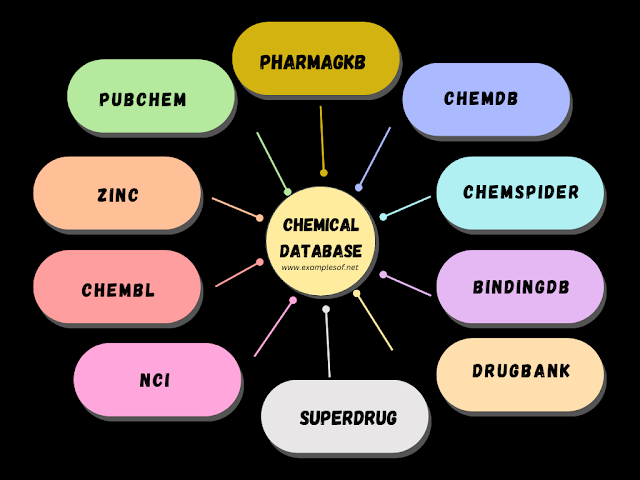The use of computational and informational techniques to understand problems of chemistry is known as cheminformatics. Cheminformatics is an interface science for combining principles of physics, chemistry, biology, mathematics, biochemistry, statistics and informatics. Terms like chemoinformatics and chemical informatics are used along with cheminformatics, to indicate the same approach. Cheminformatics strategies are useful in drug discovery where large numbers of compounds are evaluated for interaction with the target cellular molecules.
Data from large number of global published literature including biomedical sciences, chemistry, engineering, material science and so on, are added to the CAS database everyday. Since 1800s, the database covers more than 47 million publications covering more than 100 million chemical reactions. This tremendous resource is a treasure for finding compounds of therapeutic and industrial importance. Some of the popular chemical databases are mentioned below:

- PubChem: PubChem is a database of chemical molecules which maintains three types of information namely, substance, compound and BioAssays.
- ZINC: ZINC database contains 21 million compounds available for virtual screening. In this database various molecule features like molecular weight, log P etc. are included.
- ChEMBL: This database provides comprehensive information about 1 million bioactive (small drug-like molecules) compounds with 8200 drug targets.
- NCI : NCI database had more than 2,75,000 small molecule structures, a very useful resource for researchers working in the field of cancer/AIDS.
- ChemDB: It is a databse of five million chemicals containing information of chemicals, which includes predicted or experimentally determined physicochemical properties, such as 3D structure, melting temperature and solubility.
- ChemSpider: ChemSpider contains more than 28 million unique chemical entities aggregated from more than 400 diverse data sources.
- BindingDB: It is a binding affinity database of small molecules which contains 9,10,836 binding data for 6,263 protein targets and 378,980 small molecules.
- DrugBank: The database that combines detailed drug (i.e., chemical, pharmacological and pharmaceutical) data with comprehensive drug target (i.e., sequence, structure, and pathway) information. The database contains 6712 drug entries including 1448 FDA-approved small molecule drugs, 131 FDA-approved biotech (protein/peptide) drugs, 85 nutraceuticals and 5080 experimental drugs.
- PharmaGKB: It is a pharmacogenomics knowledge resource that encompasses clinical information of drug molecules.
- SuperDrug: This database contains approximately 2500 3D-structures of active ingredients of essential marketed drugs.